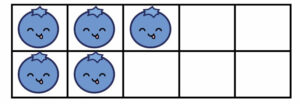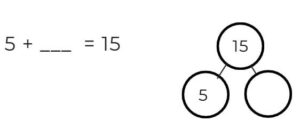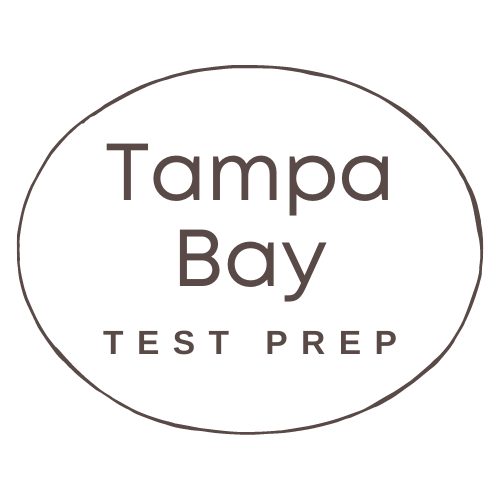Imagine counting from 1 to 5 without using all of your fingers.
Or have you counted objects like apples, pears, and legos?
It would be harder – wouldn’t it?
Those items are essential to helping teach students what numbers even mean.
In our program, we use the concept of CPA (Concrete Pictorial Abstract) and these are “Concrete” items that give students connections with real life.
Today we are especially going to be talking about the pictorial aspect, also known as modeling.
Modeling helps us represent real-life items. We can’t always carry around objects. But we can draw diagrams to represent these objects.
For example, here we have blueberries representing items to count:

Or we have number bonds here representing the idea of addition:

Finally, we can even model the relationships between objects in a word problem:

Check out this word problem below. Notice how we are comparing cupcakes and cookies. We draw two rectangles here. One that is longer than the other. The bar model here helps us to show that there are more cookies then cupcakes. It also helps students learn to place the values of 38, 253 in the correct spots and leads to a better understanding of how to write an expression that supports this model.

And once the problem is solved and the numbers are written on the models, it makes it easy to double check that the problem was correctly solved. You can check that the addition of 253 and 38 does indeed give 291.
This skill of modeling is what students are often missing. What they are asked to write is just the expression or equation to solve the problem, but they struggle with converting the real-life problem into something tangible.
After all, who will carry around 253 cupcakes? Most people won’t. But with modeling, it’s like you can have cupcakes with you at any time, ready to use to solve the problem.






